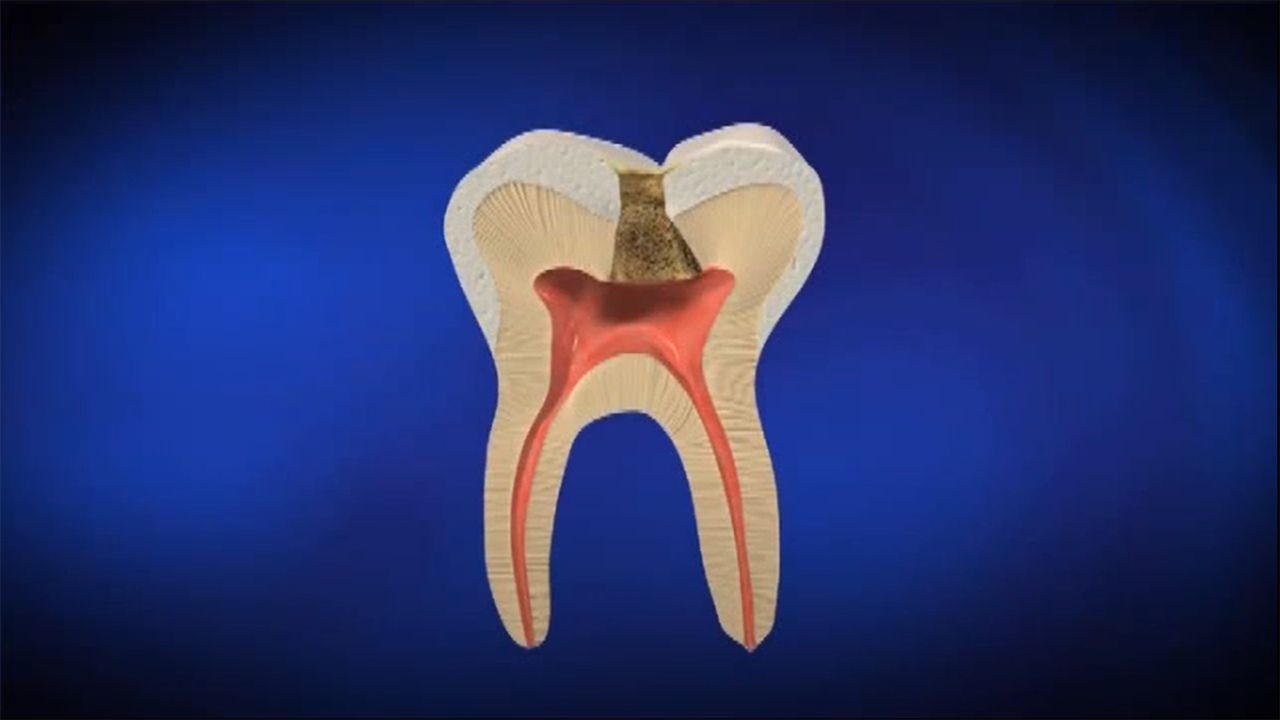Root Canal
A root canal is one of the most common dental procedures performed, well over 14 million every year. This simple treatment can save your natural teeth and prevent the need of dental implants or bridges. Endodontic patients should expect a comprehensive examination to diagnose orofacial pain and pulpal injury and determine if the tooth is a good candidate for endodontic therapy.
This is a non-surgical treatment to eliminate the diseased pulp, where the injured pulp is removed and the root canal system is thoroughly cleaned and sealed.
Under certain circumstances, microsurgery may be indicated. We are experts in performing this procedure, and utilize sophisticated equipment to ensure the best result.
Meet the Doctor:
FAQ on Root Canals
In this video, Doctor Mark Phillips from Great Lakes Endodontics responds to patients’ most frequently asked questions about root canal therapy.
root canal safety
This short video alleviates common concerns and misconceptions by explaining how advanced modern methods and technologies make root canals a safe procedure.
Understanding a root canal
To provide you with a better understanding of what is involved in root canal treatment, as well as the amazing surgical advancements that have been made to help our patients, take a look at the following video presentation.
Non-Surgical Root Canal
At the center of your tooth is pulp. Pulp is a collection of blood vessels that helps to build the surrounding tooth. Infection of the pulp can be caused by trauma to the tooth, deep decay, cracks and chips, or repeated dental procedures. Symptoms of the infection can be identified as visible injury or swelling of the tooth, sensitivity to temperature or pain in the tooth and gums.
If you experience any of these symptoms, your dentist will most likely recommend root canal treatment to eliminate the diseased pulp. This injured pulp is removed and the root canal system is thoroughly cleaned and sealed. This therapy usually involves local anesthesia and may be completed in one or more visits depending on the treatment required. Success for this type of treatment occurs in more than 90% of cases. If your tooth is not a candidate for endodontic treatment or the chance of success is unfavorable, you will be informed at the time of consultation or when a complication becomes evident during or after treatment. We use local anesthesia to eliminate discomfort. In addition, we will provide nitrous oxide analgesia if indicated. You will be able to drive home after your treatment, and you probably will be comfortable returning to your normal routine.
The cost associated with this procedure can vary depending on factors such as the severity of damage to the affected tooth and which tooth is affected. In general, endodontic treatment is much less expensive than tooth removal and replacement with an artificial tooth.



